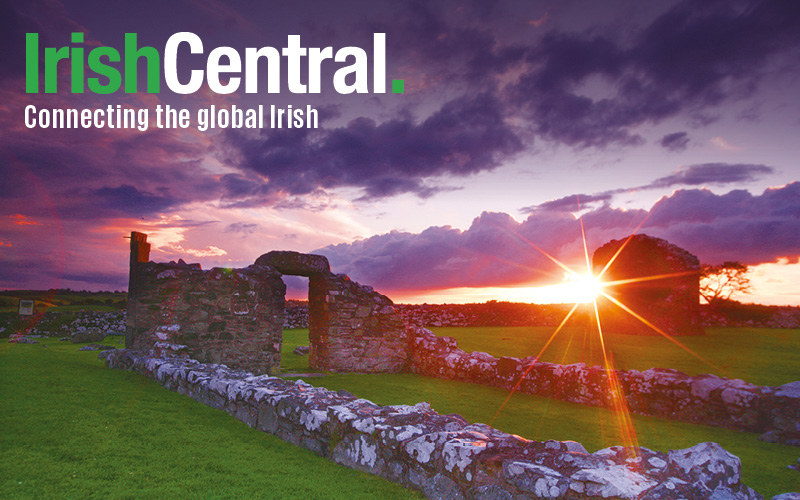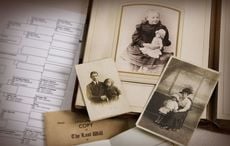Findmypast is working in partnership with IrishCentral to share fascinating insights into your Irish ancestors. Click here to get a special half price subscription, and discover your Irish roots today!
For more stories on tracing your Irish heritage from findmypast click here.
Why are Irish people so passionate about their county? We’ve all heard about or seen the rivalries of a GAA hurling or football final, as tens of thousands of supporters gather at Croke Park in Dublin to do battle. The county colours are displayed, the strategy is hotly debated, faces are painted, the crowd roars. It’s all good fun of course, but never underestimate how deep the fans’ loyalty goes.
Irish politics is also structured on county lines too, and each TD (sort of like a congressman) spends a lot of their time ensuring their supporters get the help they need in their county.
But what are these passions and loyalties based on? What indeed is a county?
Well, Irish counties have a similar administrative function today as they do in the USA, but their origin is far older. Much, much older! The oldest geographic areas called counties were set up by the Norman conquerors in the 1200s, including Dublin, Kilkenny, Wexford, etc. But even that wasn’t the start of it.
All these counties reflected older divisions. These Norman counties were usually the same as older Irish kingdoms. For example, modern County Kildare was largely based on the lordship of the Uí Dúnlaing family (the O’Tooles and O’Byrnes) before they were expelled into the Wicklow mountains by the Norman invaders. County Kilkenny was the historic lordship of Ossory ruled by the Mac Giolla Phádraig clan (better known as the Fitzpatricks) before they were forced north into modern County Laois by the conquering Butler family. Modern County Longford is almost identical to the medieval lordship of Annaly, controlled by the O’Farrells. And so on.
The Normans didn’t settle the whole island, and only established around 12 counties in the east and south, so it was some years later under the Tudor monarchs (Henry VIII and Elizabeth I) in the 1500s that the rest of the island was conquered. The midlands were shired (created) as counties in 1556 and named in honour of Queen Mary (of bloody Mary reputation) and her husband, King Philip of Spain, being Queen’s County and King’s County (now Laois and Offaly). In 1570 the west was shired (Galway, Mayo, etc.), with the north following in 1585 (Antrim, Donegal, etc.). The last county to be set up was Wicklow, formerly South Dublin, in 1606. And so it has remained, virtually unchanged, for over 4 centuries.
So there have been strong local allegiances in Ireland for centuries, long before independence in 1922, before the conquests of the Tudors, before even the arrival of the Normans. We Irish have a profound connection to the land, so stand proud for your county.
But do you know where your allegiances lie? What your county is? Find out right now by discovering your Irish ancestors and their counties with findmypast.
Brian Donovan is originally from County Wexford, now living in County Dublin, and is part of the findmypast team.
Findmypast is working in partnership with Irish Central to create expert content around Irish family history. With the largest collection of Irish family history records online and a team of expert genealogists, findmypast is the best place to discover your Irish heritage.




Comments